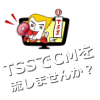Koko Kondo's Experience of the Atomic Bombing
Tuesday, February 4th, 2020
Joint Project by the Hiroshima University Center for Peace Kawano Seminar and TSS:
On February 27, 2023, TSS Archive Project’s Hiroshima Peace Program will broadcast to the world the testimony of hibakusha (atomic-bomb survivor) Koko Kondo, filmed on February 4, 2020 and jointed translated with the Center for Peace Kawano Seminar, Hiroshima University. The testimony is given entirely in English and was translated by Professor Noriyuki Kawano (Director of the Center for Peace, Hiroshima University), Vladisaya Bilyanova Vasileva, a Bulgarian research assistant at the Center for Peace (Doctoral Course of the Graduate School of Humanities and Social Sciences, Hiroshima University), and Rachel Nicholson (former Hiroshima University exchange student and freelance translator from the US).
The TSS Archive Project is used as educational materials in peace studies at Hiroshima University to convey the realities of the atomic bombing and the importance of peace to the next generation.

Program Contents
American journalist and Pulitzer Prize winner John Hersey’s Hiroshima was published in full in the New Yorker in 1946. Written based on interviews Hersey conducted directly after the atomic bombing, it exposed what the US government was trying to hide about the devastation of Hiroshima. On the day it was published, it caused a sensation, selling 300,000 copies. To this day, it continues to be read in schools across the US, and remains one of the most famous works of journalistic reporting, having been named number one in New York University’s list of Top 100 Works of Journalism of the Century. One of the six hibakusha who appeared in Hiroshima was Kiyoshi Tanimoto, reverend of the former Hiroshima Nagarekawa Church and a pioneer of the No More Hiroshimas movement. This documentary features his daughter, Koko Kondo, and the 2020 lecture she gave in English about her experience in the atomic bombing to the students of the Canadian Academy in Higashinada Ward, Kobe.
Raised in a church community, Ms. Kondo interacted with people from the international community at a young age and would go on to live in the US for a time. She is a powerful speaker, able to speak from both the Japanese and US perspectives, and her lecture tells the story of her exposure to the bombing when she was just eight months old, her meeting with Robert A. Lewis, co-pilot of the Enola Gay B29 bomber, her experiences with the ABCC (current Radiation Effects Research Foundation), as well as meeting John Hersey during his visit to Hiroshima 40 years later and her memories of seeing Mikhail Gorbachev, the final leader of the Soviet Union who helped end the Cold War.


Production and translation supervision:
Koko Kondo

Born November 20, 1944 as the first daughter of Reverend Kiyoshi Tanimoto and his wife, Chisa. When she was eight months old, Koko experienced the bombing at a distance of 1.1 kilometers from the hypocenter. After graduating high school in 1963, she went to study abroad in the US. She graduated from Centenary College and American University. She also graduated from a two-year Master’s Program in education at Hiroshima University.
After the war, Koko continued her father’s legacy of peace activism, campaigning for peace around the world. She helped introduce Japanese children to parents abroad through an international adoption program, and she served as an international relations consultant for the Children as Peacemakers Foundation, which appealed for peace together with children from around the world. She is also one of the most famous hibakusha in the world and wife to Reverend Yasuo Kondo of the Miki Shijimi Church, United Church of Christ in Japan.
Production and translation supervision:
Professor Noriyuki Kawano
Director of the Center for Peace, Hiroshima University
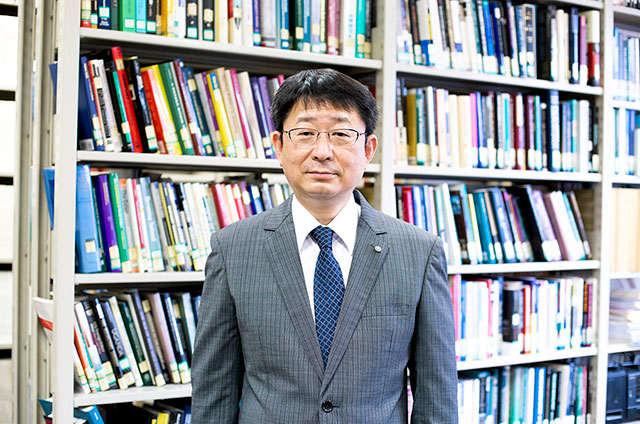
It is my hope that as many people as possible will take the time to watch Ms. Kondo’s lecture, and that we can all share in Hiroshima’s will for a world without nuclear weapons.
About Professor Kawano
He researches on Global Nuclear Disasters (Hiroshima and Nagasaki, Semipalatinsk, Chernobyl and Fukushima) and Peace Studies.
Translation
Vladisaya Bilyanova Vasileva
Research Assistant at the Hiroshima University Center for Peace and Doctoral Student in the Graduate School of Humanities and Social Sciences, International Peace and Co-existence Program
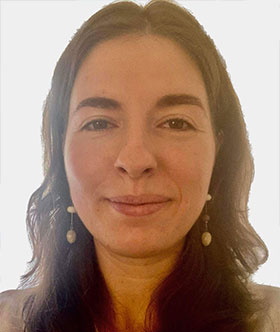
Research Assistant at the Hiroshima University Center for Peace and Doctoral Student in the Graduate School of Humanities and Social Sciences, International Peace and Co-existence Program
I am very happy and grateful that I was involved in this project and had an opportunity to read Ms. Kondo’s testimony. Ms. Kondo’s message is a true message of peace. It is both powerful and empowering and l was profoundly touched by it. Her strength to transcend her painful experience is inspiring. I hope that Ms. Kondo’s words will reach the hearts and minds of many people. Now that we are witnessing once again the wretchedness of war, we all need to be reminded of the lessons of Hiroshima.
Rachel Nicholson
Freelance translator
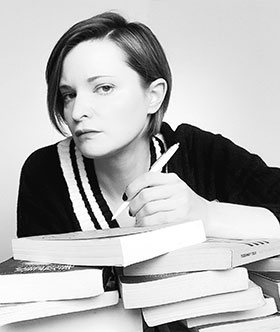
As a translator living in Hiroshima, it was an enormous honor to be a part of this truly important project. I think one of the reasons that Ms. Kondo’s lecture is so impactful is that it is full of humanity. I was so moved by how she continues to tell her story and imbues with not only with humor, but also so much emotion.
I hope that everyone will watch this video, take it to heart, and be inspired to talk to those close to them about peace and the issue of nuclear weapons.
Interview and reporting: Takahiro Fujiwara
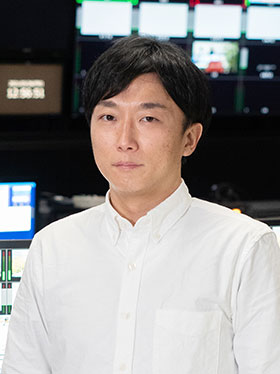
I had the honor of being the main reporter for Who is the RERF Really For?, a special program aired on August 6, 2020 to commemorate 75 years since the atomic bombing. When Koko Kondo was eight months old, she was exposed to the atomic bombing 1.1 kilometers from the hypocenter. The experience nearly ended her life, but she miraculously survived. This program features her lecture on what she experienced in the bombing. The lecture was held on February 2020 for students at the Canadian Academy, an international school in Kobe, and it is presented almost it its entirety with only a few editing cuts.
There are still more than 13,000 nuclear weapons in the world, and with the Russian invasion of Ukraine, the world is standing on a knife’s edge. It is my hope that the people of nuclear-weapon states and non-nuclear-weapon states will listen to Ms. Kondo’s words and use what they have learned to look inward and question what nuclear weapons are, the meaning of war, and what peace truly means.
About Takahiro Fujiwara
Born in Kobe, Fujiwara covered the Ministry of Land, Infrastructure, Transport, and Tourism, the Tokyo Metropolitan Government, the Ministry of the Environment, and the Nuclear Regulation Authority, among others, during his time at a flagship broadcasting station in Tokyo. He joined TSS in 2018 and currently serves as a reporter covering police, the courts, and local government, as well as serving as chief of the news bureau. His grandfather was exposed to the bombing at a distance of 2 km from the hypocenter.


